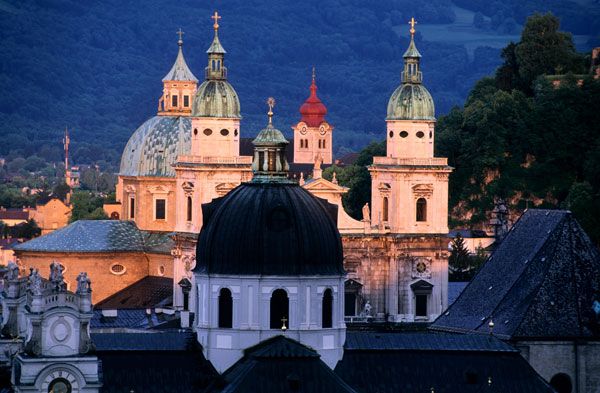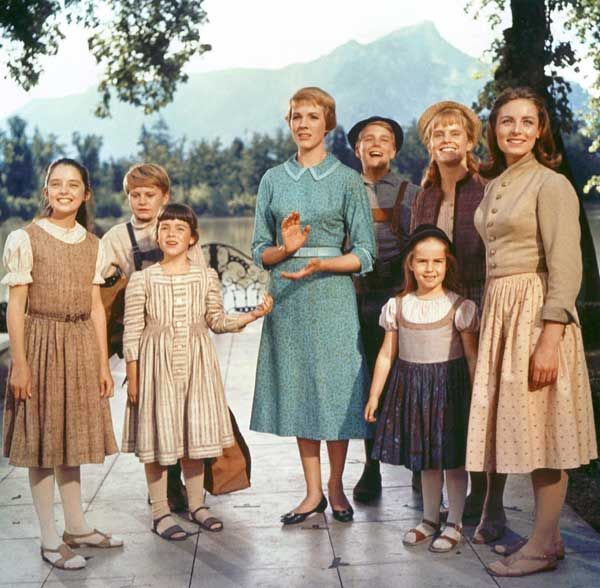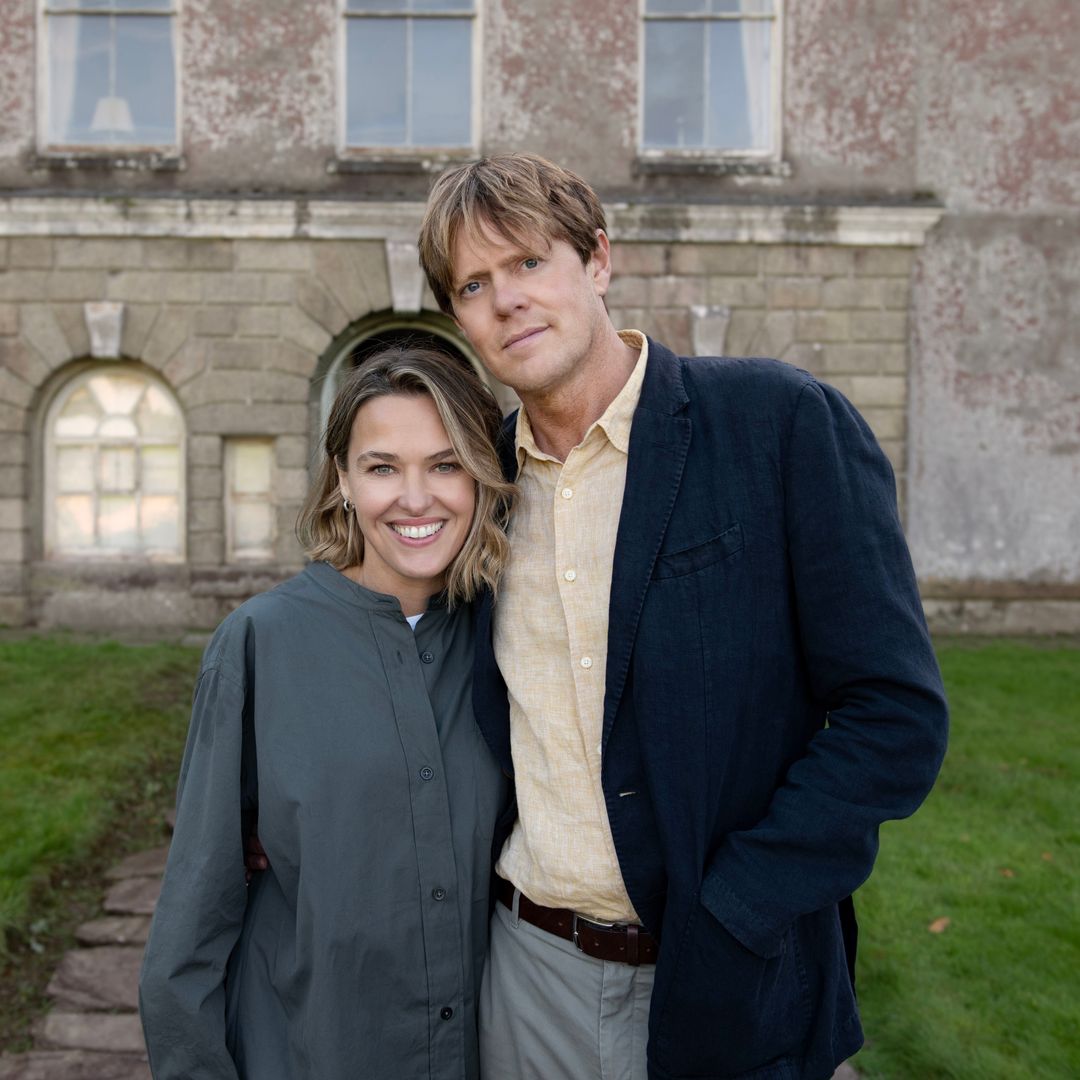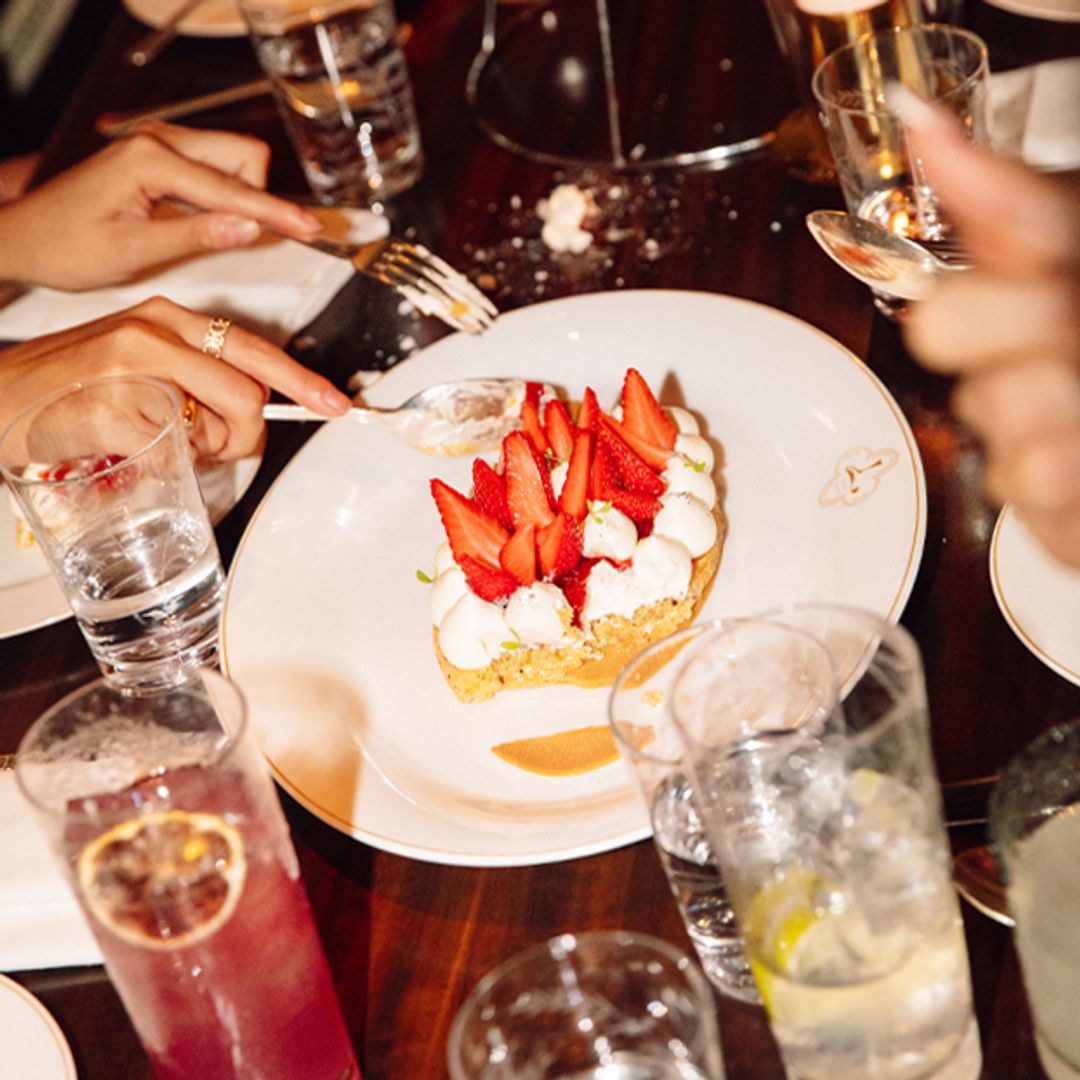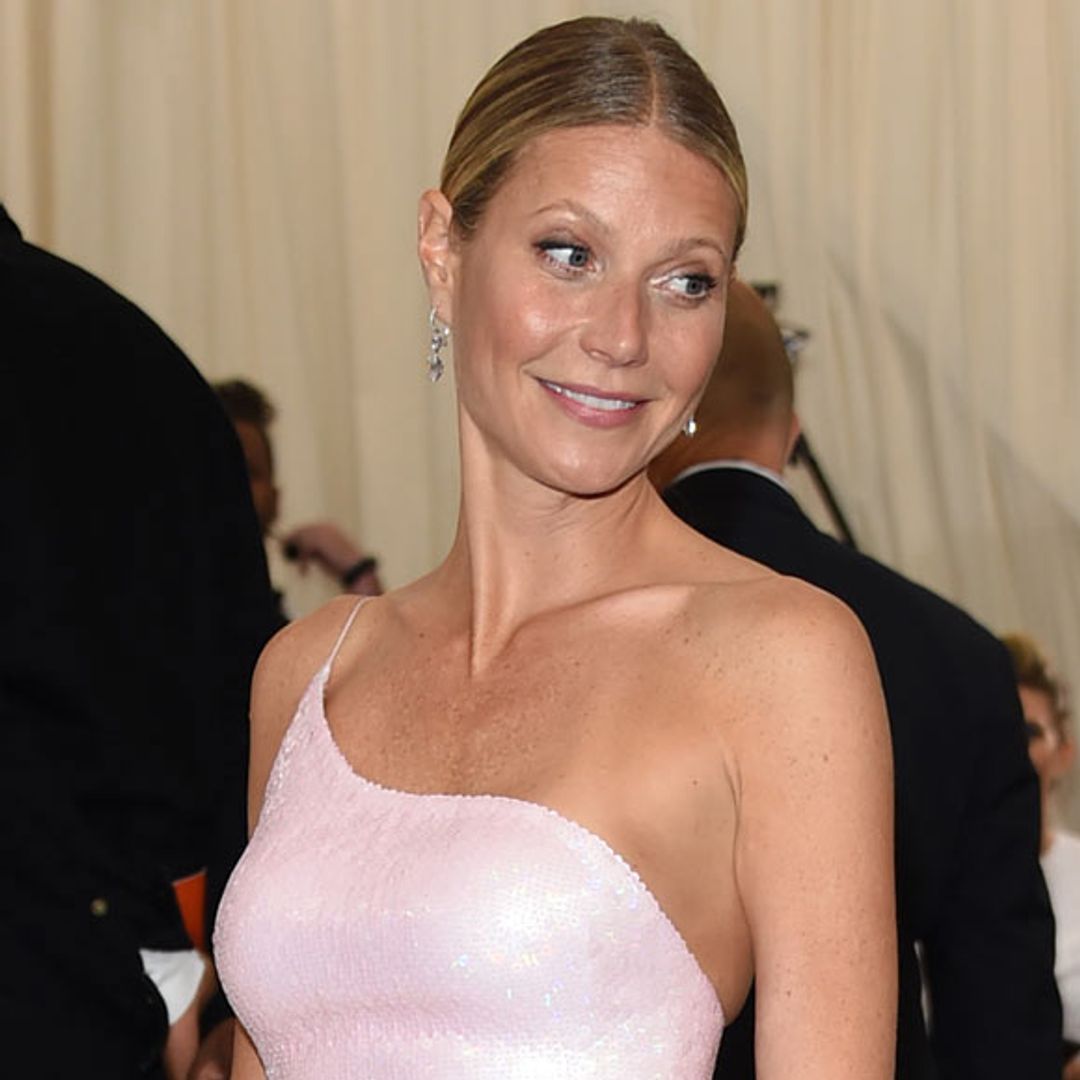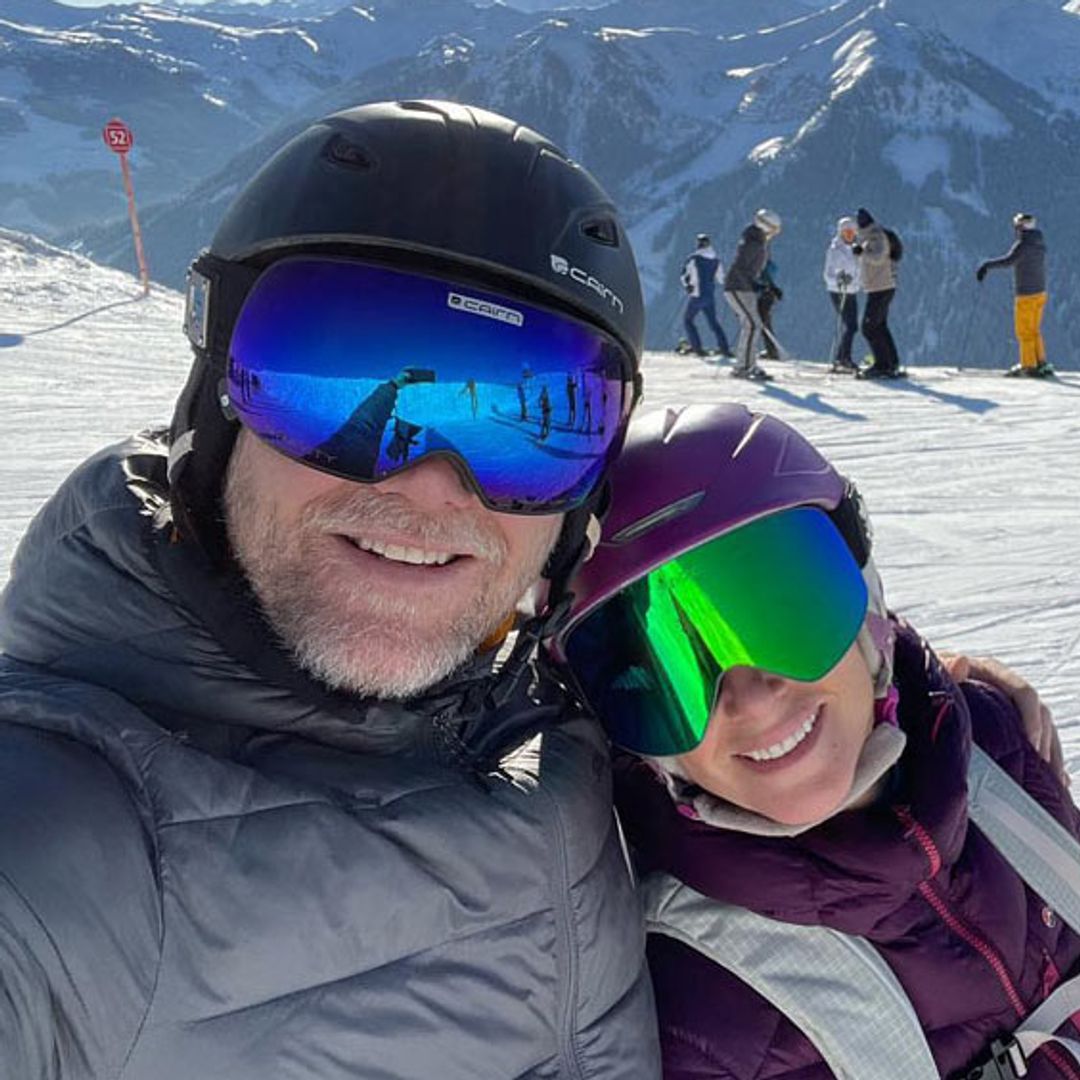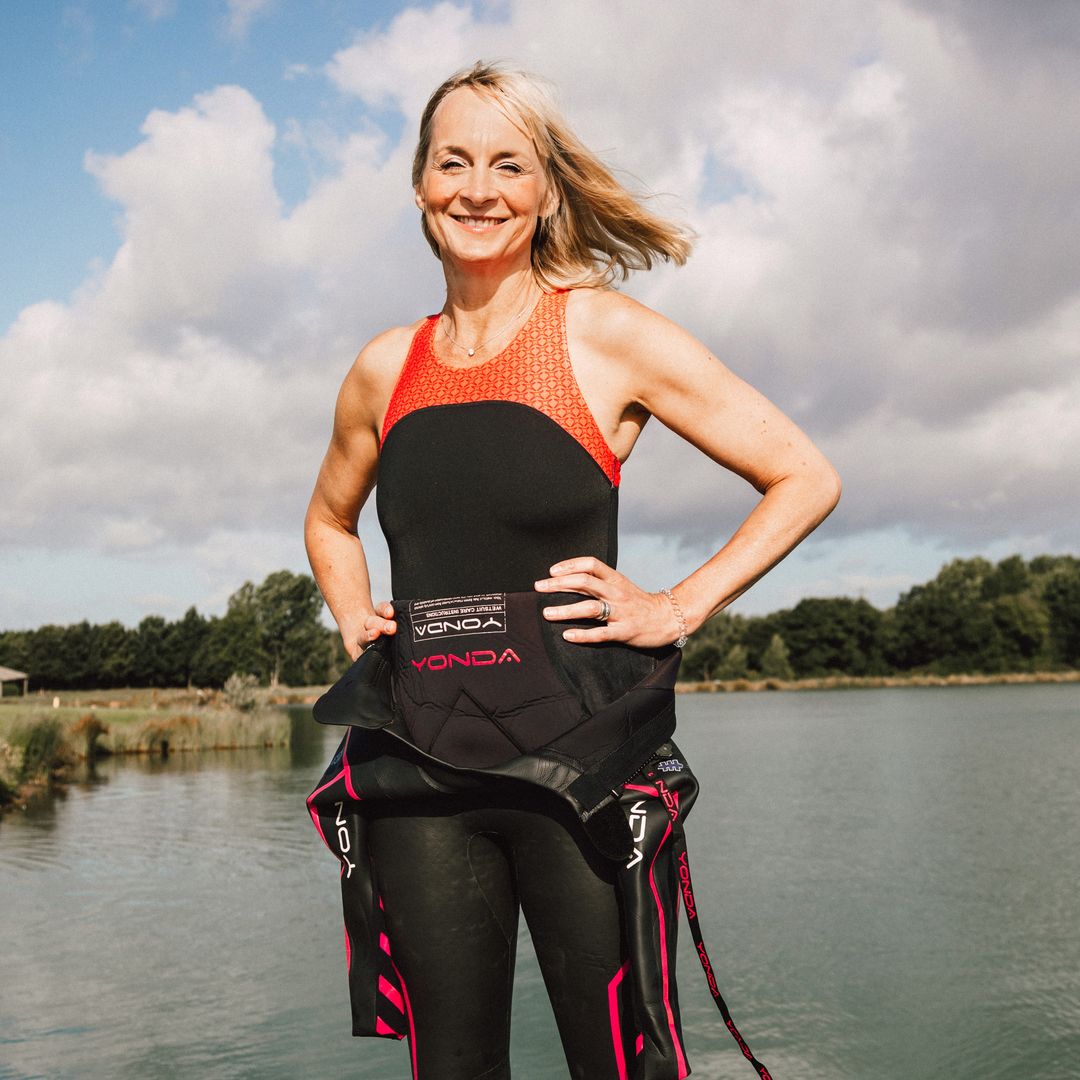There are plenty of reasons to visit Salzburg, Austria's fourth largest city set among the beautiful scenery of the Alps: the Old Town is renowned for its many well-preserved baroque buildings commissioned by the prince-bishops who ruled the independent ecclesiastical principality for centuries until the early eighteen hundreds. Wolfgang Amadeus Mozart was born and brought up in the city and there are monuments to the composer all around. But for many, a trip to Salzburg is an excuse for a nostalgic tour of the sights of The Sound of Music, that unforgettable family tear-jerker that recounts the adventures of Maria von Kutschera and the von Trapp family, a film that marked the childhood of a generation.
Based on the true storyThe Story of the Trapp Family SingersMary Poppinsstarred Julie Andrews, this time as Maria von Kutscherasent to the von Trapp mansion as governess to the seven children of Baron von Trappthe Trapp Family SingersTrapp Family Lodge
To follow the story of Maria, where better to start than the Benedictine Abbey of Nonnberg at the foot of the fortress which dominates the entire city? Founded in the eighth century by St. Rupert of Salzburg, the convent is the oldest women's religious house in the German-speaking world. More importantly for Sound of Music fans, this is where Maria was a novice, and the scene of the film's first song where the nuns describe their difficult aspirant as “A flibbertigibbet! A will-o'-the wisp! A clown!” before sending her to be governess to the Baron's children. As Julie Andrews heads to the von Trapp house, reassuring herself by singing I have confidence in me, the audience is treated to a sight of Residenzplatz, one of the exquisite squares in the pedestrianised Old Town and site of the former home of the Prince-Archbishop, the magnificent Residenz Palace.
Hellbrunner AlleeFrohnburg CastleLeopoldskron Castlethe setting for the boating sceneDo-Re-MiHohensalzburg Castle, which presides over the citythe gardens of Mirabell Castle
Elsewhere in the film other landmarks of the city appear: Hellbrun Palace, where the children played around the fountains, the Felsenreitschule, scene of the farewell recital, and St. Peter's Cemetery, through which the family flee the Nazis. Other locations on the outskirts of Salzburg include Anif Palace, Hohenwerfen Castle, the cathedral at Mondsee – where the grand wedding between Maria and Baron von Trapp takes place, and the picturesque rural scenery of Fuschl, St. Gilgen and Lake Wolfgang.
Although most of us take The Sound of Music for granted, many Salzburgers only discovered the film through the thousands of foreigners who now come to the city each year to follow in the footsteps of Maria and visit the scenes that delighted them as children. And the locals find it even quite bemusing to learn that many of these visitors are convinced that Edelweiss, that moving melody sung in the movie by the Baron as a patriotic challenge in the face of Nazi authority, is not the Austrian national anthem, not even an Austrian folk song, but the last of the many wonderful show tunes that Rodgers and Hammerstein wrote as a team.
THE PRACTICALITIES
Best time to visit Each season in Salzburg has its own particular charm, but the sunny days of the film are more likely to be seen between late spring and early autumn. In late July, the annual five-week Salzburg Festival begins, offering an extensive programme of music and drama.
Getting around Salzburg is perfect for exploring on foot and there is good public transport available for visits to the surrounding area.
Where to stay Two of the city's finest hotels are those where the stars themselves stayed: Julie Andrews and director Robert Wise were at the aristocratic Österreichischer Hof, now remodelled and transformed into the five-star Hotel Sacher, while Christopher Plummer, stayed at the Bristol, which also offers five-star quality.
Where to eat For relaxation after the day's shooting schedule was complete, the bar at the Bristol proved a favourite among the team, although visitors will get a more authentic taste of local cuisine and ambience at Zum Eulenspiegel (Hagenauerplatz, 2), a charming inn opposite the birthplace of Mozart, or at Zum Mohren (Judengasse, 9), located in a fifteenth-century building. Alternatively, you can enjoy a Mozart Dinner Concert combining fine dining by candlelight with glorious live music by artists in period costume.
The movie trailPanorama Tours offer half-day excursions to the scenes of the film for 37€. Another novel option is Fraulein Maria's Bicycle Tour , organising cycle tours of the movie locations from May to September.
Don't miss... The Salzburg Marionette Theatre has a wide repertoire which includes The Sound of Music, and until June 2012, the Salzburger Landestheater are also performing the musical.
Further information: Austrian Tourist Board Salzburg Tourism

